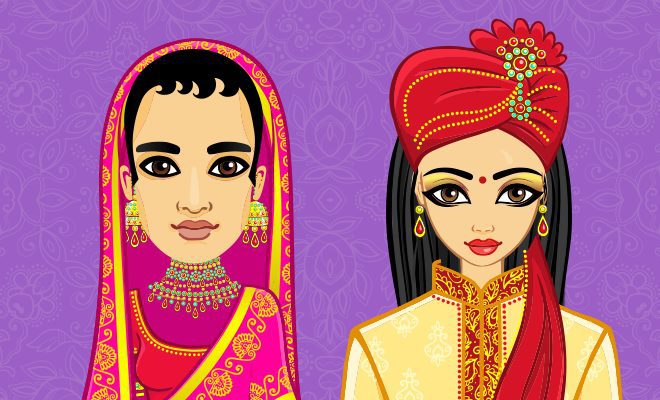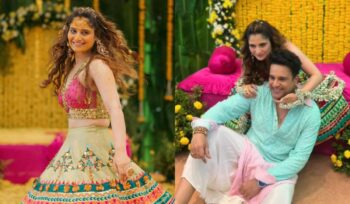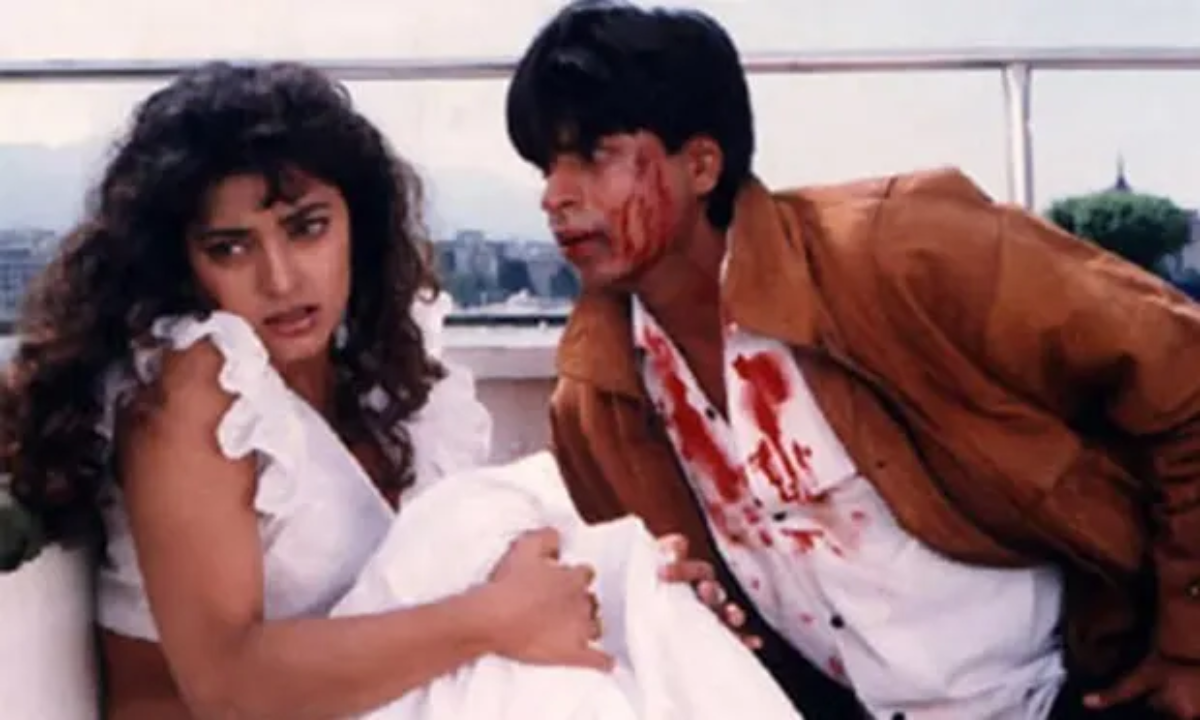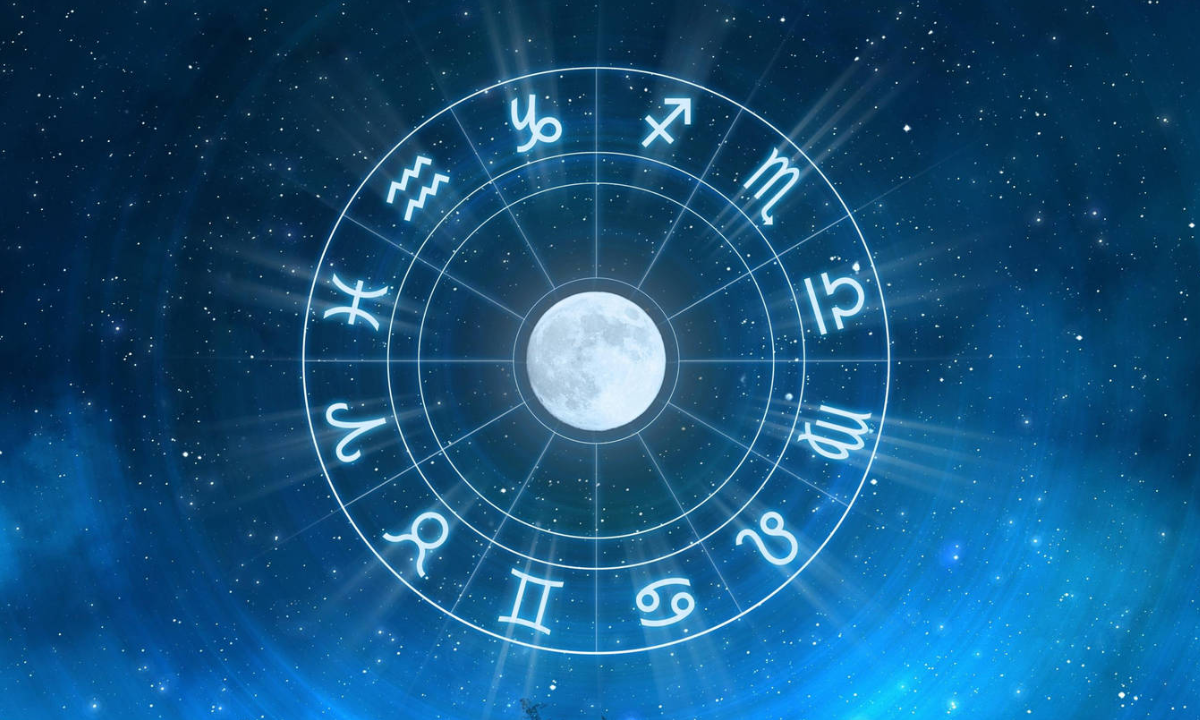In This Unique Wedding Tradition, The Groom Dresses Up As Bride And Vice-Versa

India is often called the land of many cultures and for the most part, it is true. Moving from one state to another – even so much so that moving from city to another – the traditions and cultures vary quite a bit. Even those who live in India are sometimes not aware of the full extent of these diverse cultures. And these cultural differences come to light and are highlighted especially when a wedding or a religious practice takes place. For instance, take this wedding tradition from Andhra Pradesh where the groom on the wedding day is dressed as a woman and the bride is dressed as a man.
Recently, a wedding tradition from Andhra Pradesh came to light where the groom was all decked up in a woman’s attire and the bride was dressed up as a man. This tradition not only breaks all the gender stereotypes but also enforces cultural diversity.
This stereotype-breaking wedding tradition is followed by all families with the ‘Gannamami’ surname in the West Godavari district. The tradition asks the groom to be dressed in a pattu saree and wedding ornaments/adornments of the bride, whereas the bride puts on a pair of shirt and pants while finishing off the look with a pair of goggles and the groom’s hairstyle.
Taking the wedding tradition ahead, both the bride and groom, then offer Boman (a meal for their deities) to their mother goddess and also sacrifice a sheep. After which they worship their Kuldevta (family deity). All of these wedding rituals take place before their actual wedding.
Even the venue is lit up with lights, flowers, and a local group playing music. Many of the youth from the Gannamami families have revealed that they respect their tradition – of the groom dressing up as the bride and vice-versa – and plan to follow it with the coming generations as well.
And I for one am happy that such a tradition is getting carried on. Our rituals, cultures, traditions, etc. are what sets us apart from the rest. It also is a reminder that not all age-old traditions are backward, stereotypical, and or patriarchal in nature. Some – like this one – even break the gender stereotype norms.

















